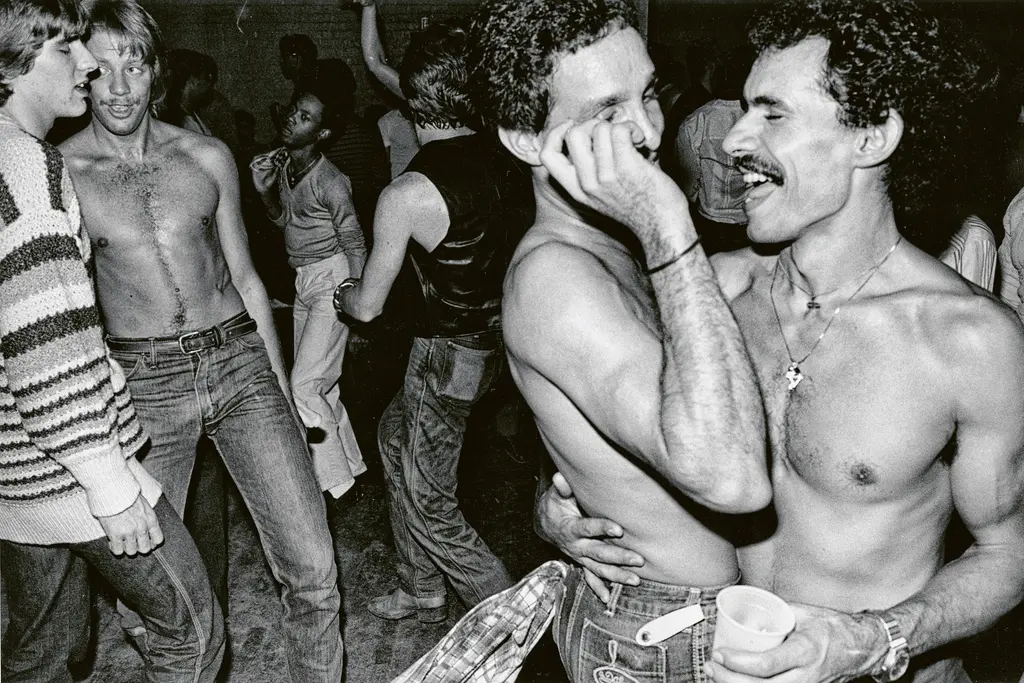Welcoming the summer solstice from Stonehenge
- Text by Charlie Hills
- Photography by Charlie Hills

The quietude of the beginning of a British year has returned to retirement and the summer sun is upon us. Longer days and bigger smiles pervade the air and a gentle sense of harmony presents itself. It is Tuesday 20th June and I find myself on a train to the city of Salisbury to welcome in the summer solstice, the longest day of the year.
For the spiritually inclined, the solstice is steeped in cultural-religious history. Every year, a Druid gathering takes place at the sacred site of Stonehenge, Southwest England. Built by Neolithic and Bronze Age peoples in circa 2500 BC, the sarsen and bluestones were supposedly placed to line up with the movements of the sun. On Midsummer's Day, the sun rises to the left of the Heel Stone, once thought to have been part of a pair of stones framing the Solstice Sun perfectly.
To celebrate the Solstices, both summer and winter, Druids gather to express their reverence for this great archaic arrangement and the sacred ground on which we walk. The Wiltshire countryside is rich in historical significance, and Stonehenge was once thought to have been a Pagan worship site built by the Dhargins, or perhaps a Druidian temple. The Druid Order stems from a high class of Celtic priests, imbued with divine spiritual powers. Druidism relies on a connection to the earth and land around us, engulfed in the marriage of ontology and immovable nature. Ranging from Wiccans to Neo-Pagans, Druids exist in degrees of diversity bound by mutual respect for Mother Earth.
I’ve been told there is a more intense communal spirit this year, as the electromagnetic field is growing in strength – something which is believed to explain the growing solar flares across the world, with a strong one appearing mere days before the Solstice.
As the early evening begins to descend on us, spiritualists, astronomers, physicists, and the avidly curious pile onto the 333 bus from Salisbury towards the sacred site. It’s packed full, no seat spared, and the summer sun beats on the windows – a gentle reminder of its omnipotence. Solo travellers, couples, mothers and daughters, Wiccan sects, old and young sit side by side, preparing for a night of worship and revelry. The bus joins a long line of cars, vans, bikes, and buggies, all snaking quietly along the narrow country roads covered by verdant foliage.
The stones begin to appear on the horizon, and a fair few of us abandon the bus and make the remainder of the journey on foot as people stuck in traffic honk and cheer. Just one small insight into the spirit of community that reminds us why we’re all here.

The evening begins tame; a gentle amble from the security gate to the stone circle backlit by the slowly setting sun. There’s the odd drum, an occasional trumpet, and an overwhelming hum of serene virtue and unavoidable unity.
A circle of prayer gathers around the Heel Stone, where devotees take turns entering the centre to read their prayer aloud and splash the Heel Stone in blessed water – a symbolic ritual. One enlightened individual proclaims, “I wish for all hearts to be broken so that they can be reborn in love,” which is received with applause. I dive in headfirst and, as one prayer finishes and the ladle reaches into the vessel of holy water, a splash lands right on my head. Whether the water was carried by divine intervention or the wind, I feel truly blessed (and a bit damp).
Next comes a series of blessings for the earth led by Archdruid of Stonehenge, Rollo Maughfling, in which peace is prayed for in all the cardinal directions. The prayers extend to protection for Wikileaks whistle-blower Julian Assange, currently held in Belmarsh Prison. More blessings for peace in Ukraine and the safety of indigenous farmers protecting their sacred land are received with a riotous ovation.
Blessings complete, a man and woman emerge from the crowd to voluminous cheers. A Solstice wedding is to take place. Their hands are bound in red ribbon and as Maughfling completes the blessing of the matrimony, the newlywed couple leap over ceremonial flowers, into a new life together.


The sun is almost set and the night is upon us. In the heart of the Sarsen Stone circle, a menagerie of instruments lifts their voices. Banging drums, harmonising flutes and violins, cajóns and guitars burst into an improvised song to be heard once and only once, revelled in by whooping devotees and bystanders alike.
The song circle continues deep into the night as more musicians appear from the crows, a dense and sweaty sermon to welcome in the solstice sun. However, moments from the raw passion outside the stone circle is a quietude. A small but eager crowd gathers around a converted gypsy caravan stage, dimly lit in red and purple hues as if an underground Parisian cabaret. The brooding melancholy of “Sanger’s Stage Show” sits at odds with the maximalist indulgence across the rest of the field. The crowd is quiet, contemplative, and hooked on every minor note and mixolydian scale produced by the saxophone, guitar, and accordion ensemble.
A fire roars in the corner of my eye as cosmic folk band “Stop Showing Off” takes the stage next, providing a moment of reflection for us all in the deep summer calm. Midnight is fast approaching now; some succumb to the entropy of sleep, but most are more awake than ever.



Then comes the time to lie under the stars. As the darkness reaches its apex and the crowd grows weary, we turn to the field swamped in an early morning fog. Distant stars twinkle and are counted on hand. A stranger lends me his guitar and I play the Beatles classic “Here Comes the Sun” as we eagerly anticipate the birth of the dawn.
As the light began to appear at around 4am, the crowds make their way inside the stone circle, a densely packed coterie of spiritualists eagerly anticipating the moment that brought us all here. The drum circle breaks into chorus, quickening in tempo with every minute. Rhythmic chanting and clapping cascades between the stones, welcoming the sun into the infancy of a new day. The British Druid Order, led by senior Druid Arthur Pendragon, takes the ceremony closer to the Heel Stone. As the crowd was at its fullest, close to 10,000 people, communities formed and all fell silent to watch the sun break from the horizon into full view. Everyone cheers, and at once we are bonded in tender singing of centuries-old hymns: “This land is all that we have for sure.”
Latest on Huck

Maryam El Gardoum is breaking new shores for Morocco’s indigenous surfers
The Amazigh Atlantic — Through her groundbreaking career and popular surf school, the five-time Moroccan champion is helping women find their places in the waves.
Written by: Sam Haddad

Youth violence’s rise is deeply concerning, but mass hysteria doesn’t help
Safe — On Knife Crime Awareness Week, writer, podcaster and youth worker Ciaran Thapar reflects on the presence of violent content online, growing awareness about the need for action, and the two decades since Saul Dibb’s Bullet Boy.
Written by: Ciaran Thapar

Volcom teams up with Bob Mollema for the latest in its Featured Artist Series
True to This — The boardsports lifestyle brand will host an art show in Biarritz to celebrate the Dutch illustrators’ second capsule collection.
Written by: Huck

A visual trip through 100 years of New York’s LGBTQ+ spaces
Queer Happened Here — A new book from historian and writer Marc Zinaman maps scores of Manhattan’s queer venues and informal meeting places, documenting the city’s long LGBTQ+ history in the process.
Written by: Isaac Muk

Nostalgic photos of everyday life in ’70s San Francisco
A Fearless Eye — Having moved to the Bay Area in 1969, Barbara Ramos spent days wandering its streets, photographing its landscape and characters. In the process she captured a city in flux, as its burgeoning countercultural youth movement crossed with longtime residents.
Written by: Miss Rosen

Tony Njoku: ‘I wanted to see Black artists living my dream’
What Made Me — In this series, we ask artists and rebels about the forces and experiences that shaped who they are. Today, it’s avant-garde electronic and classical music hybridist Tony Njoku.
Written by: Tony Njoku















